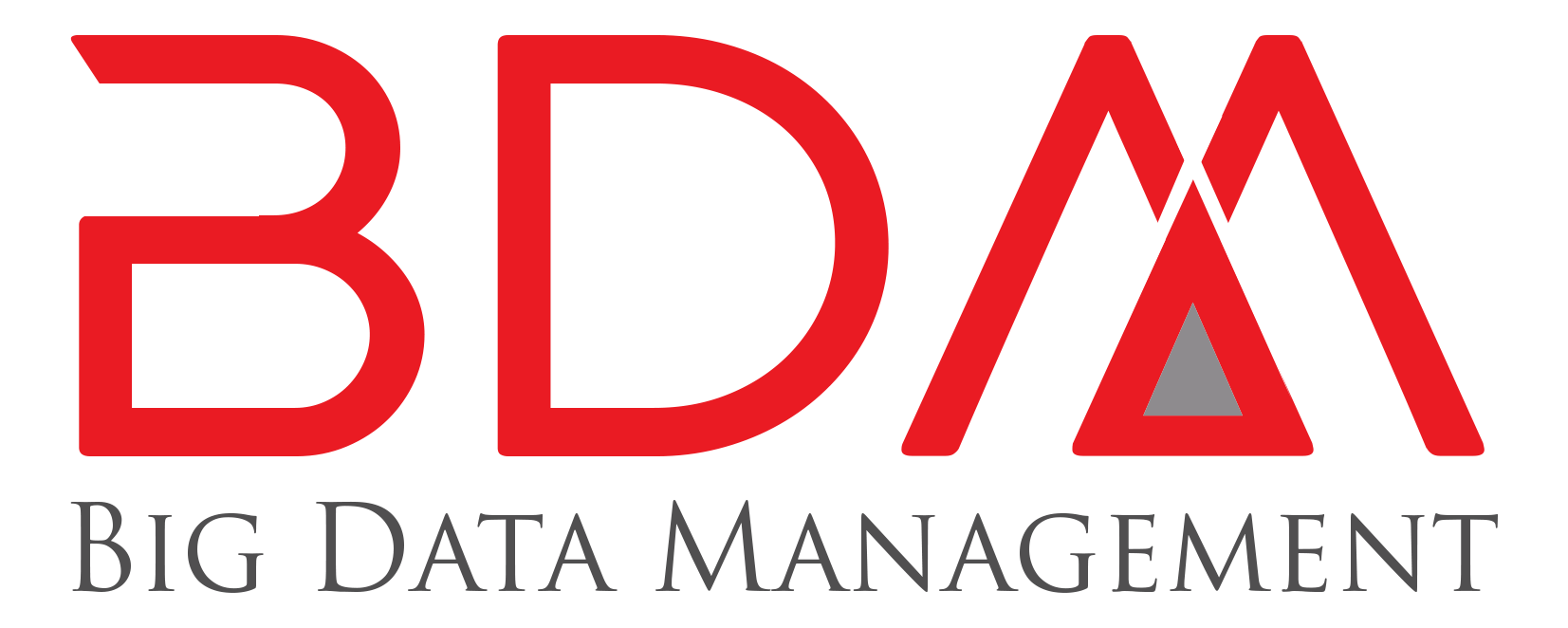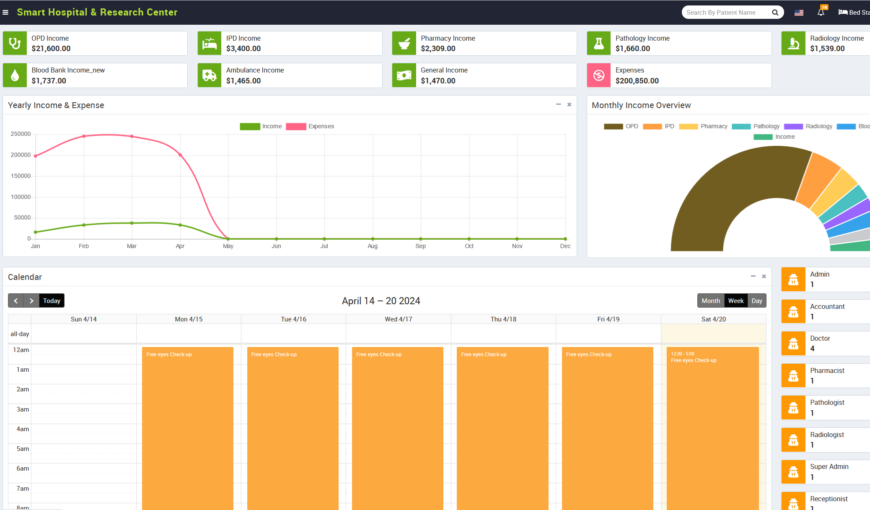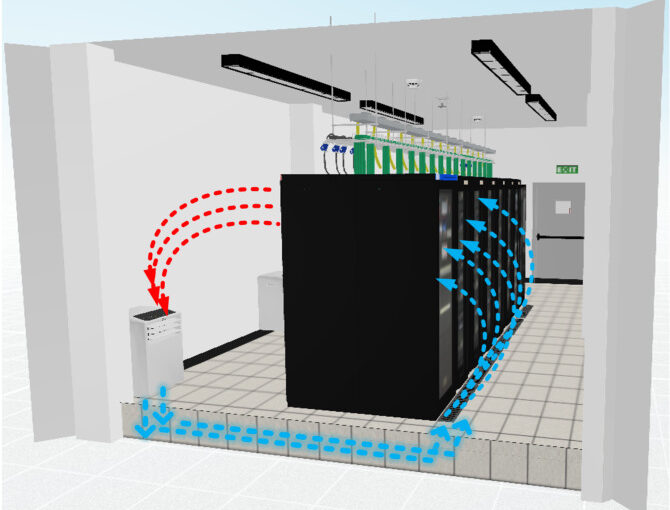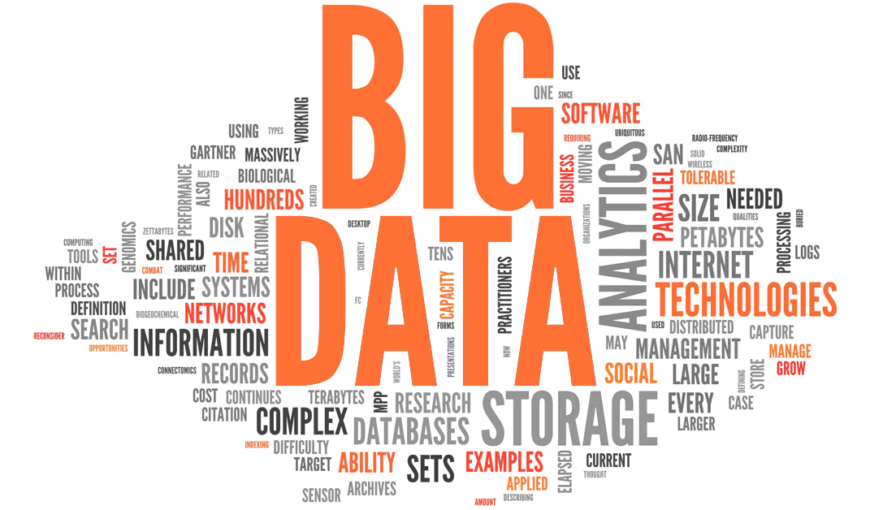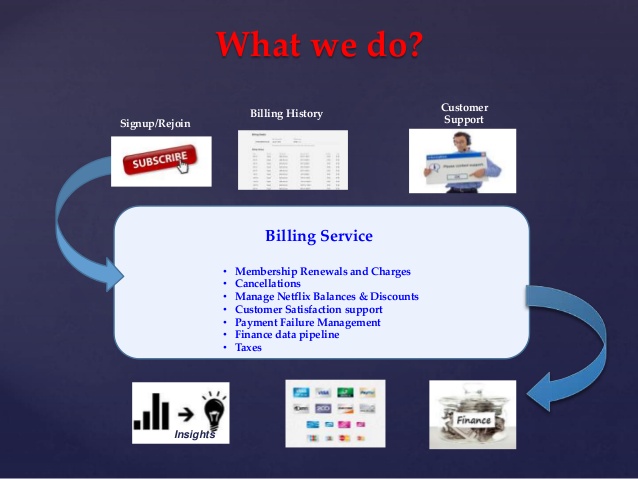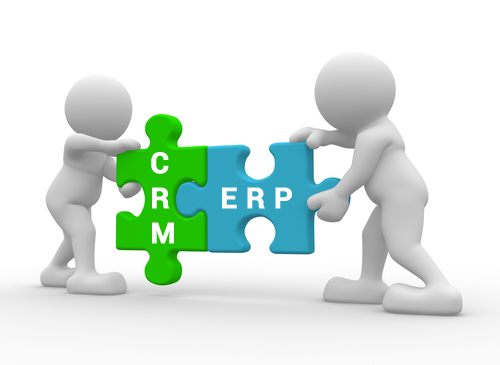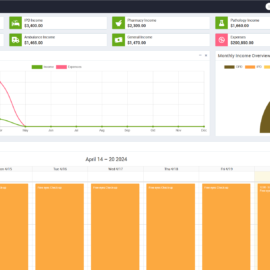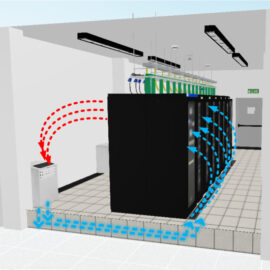Introduction to Hospital/Clinic Management System
In the fast-paced and dynamic environment of healthcare, effective management of patient data, resources, and operations is essential to delivering high-quality care and ensuring optimal outcomes for patients. A Hospital/Clinic Management System (HMS/CMS) serves as the backbone of modern healthcare facilities, streamlining administrative tasks, improving efficiency, and enhancing the overall patient experience.
At BDM, we understand the challenges facing healthcare providers in managing their facilities and delivering exceptional patient care. That’s why we’ve developed a comprehensive Hospital/Clinic Management System designed to meet the unique needs and requirements of hospitals, clinics, and healthcare organizations of all sizes.
Our Hospital/Clinic Management System is a robust and integrated solution that combines cutting-edge technology with industry best practices to empower healthcare providers to deliver superior care and streamline their operations. From patient registration and appointment scheduling to billing and revenue cycle management, our system automates and simplifies every aspect of hospital and clinic management, allowing healthcare providers to focus on what matters most: their patients.
In the dynamic and demanding healthcare industry, effective management and organization are paramount to delivering quality care and ensuring patient satisfaction. A robust Hospital/Clinic Management System (HCMS) serves as the cornerstone of efficient healthcare administration, streamlining operations, enhancing patient care, and optimizing resource utilization.
At 5G BDM, we offer a comprehensive Hospital/Clinic Management System that caters to the diverse needs of healthcare facilities, from small clinics to large hospitals. Our HCMS is a modular solution designed to address every aspect of hospital management, providing a seamless and integrated platform for administrators, clinicians, and staff.
Key features of our Hospital/Clinic Management System include:
- Patient Management: Streamline patient registration, scheduling, and tracking, and maintain comprehensive electronic health records (EHRs) for each patient, patient can book from his mobile app or web, it can be offered on premise support or in hospital.
- Appointment Scheduling: Enable patients to schedule appointments online, manage appointment calendars efficiently, and send automated appointment reminders to reduce no-show rates.
- Billing and Invoicing: Automate billing processes, generate accurate invoices, and streamline payment collection to improve revenue cycle management and cash flow.
- Electronic Medical Records (EMRs): Maintain secure and accessible electronic medical records for patients, including medical history, diagnoses, treatments, and medications.
- Inventory Management: Track and manage hospital inventory, including medications, medical supplies, and equipment, to ensure adequate stock levels and reduce waste.
- Laboratory and Diagnostic Integration: Seamlessly integrate laboratory and diagnostic test results into patient records for easy access and analysis by healthcare providers.
- Reporting and Analytics: Generate custom reports and analytics to track key performance indicators (KPIs), monitor trends, and identify areas for improvement in hospital and clinic operations.
Other modules:
Admin Panel: The Admin Panel serves as the nerve center of the HCMS, providing administrators with a centralized dashboard to oversee and manage all aspects of hospital operations. From user management and system configuration to access control and security settings, the Admin Panel empowers administrators to maintain control and visibility across the entire system.
Billing: Our Billing module simplifies the complex process of healthcare billing and revenue management, automating billing cycles, generating accurate invoices, and facilitating seamless payment processing. With built-in support for insurance claims and third-party billing, our Billing module ensures timely reimbursement and financial transparency.
Appointment Management: The Appointment module enables patients to schedule appointments online, streamlining the booking process and reducing wait times. Integrated with the hospital’s calendar and patient database, Appointment Management ensures optimal resource allocation and patient flow, enhancing operational efficiency and patient satisfaction.
OPD (Out Patient Department) & IPD (In Patient Department): Our OPD and IPD modules cater to the unique needs of outpatient and inpatient care, respectively. From patient registration and consultation to diagnosis, treatment, and discharge, these modules provide comprehensive care management, ensuring continuity of care and clinical excellence.
Pharmacy, Radiology, Blood Bank, Ambulance: Our HCMS includes dedicated modules for Pharmacy, Radiology, Blood Bank, and Ambulance services, facilitating seamless coordination and communication between departments. From medication management and imaging services to blood transfusions and emergency response, these modules optimize workflow and enhance patient care delivery.
Front Office, Birth & Death Record, Human Resource, Referral, TPA Management: The Front Office module streamlines front desk operations, including patient check-in, registration, and inquiries. Birth & Death Record management ensures accurate documentation and compliance with regulatory requirements. The Human Resource module automates HR processes, including staff recruitment, scheduling, and payroll. Referral and TPA Management modules facilitate seamless collaboration with external healthcare providers and insurers.
Finance, Messaging, Inventory, Document Management, Certificates: Our HCMS includes modules for Finance, Messaging, Inventory, Document Management, and Certificates, providing comprehensive support for financial management, communication, inventory control, document storage, and certificate issuance.
Front CMS, Video Call, BI & Reporting: The Front CMS module enables hospitals to create and manage their website content, enhancing online visibility and patient engagement. Video Call functionality facilitates remote consultations and telemedicine services, expanding access to care. Business Intelligence (BI) and Reporting tools provide actionable insights into hospital performance and operational efficiency, enabling data-driven decision-making and continuous improvement.
Our Hospital/Clinic Management System is highly customizable and scalable, allowing healthcare providers to tailor the system to their specific needs and scale as their organization grows. Whether you’re a small clinic, a large hospital, or a multi-specialty healthcare facility, our system can be customized to meet your unique requirements and workflows.
We are committed to empowering healthcare providers with innovative technology solutions that enhance patient care, improve operational efficiency, and drive better outcomes. Contact us today to learn more about how our Hospital/Clinic Management System can transform your healthcare facility and take your patient care to the next level.
Contact us today to learn more about how our Hospital/Clinic Management System can transform your healthcare facility and empower you to deliver exceptional care to your patients.
E-mail: e.sena@5g.al
